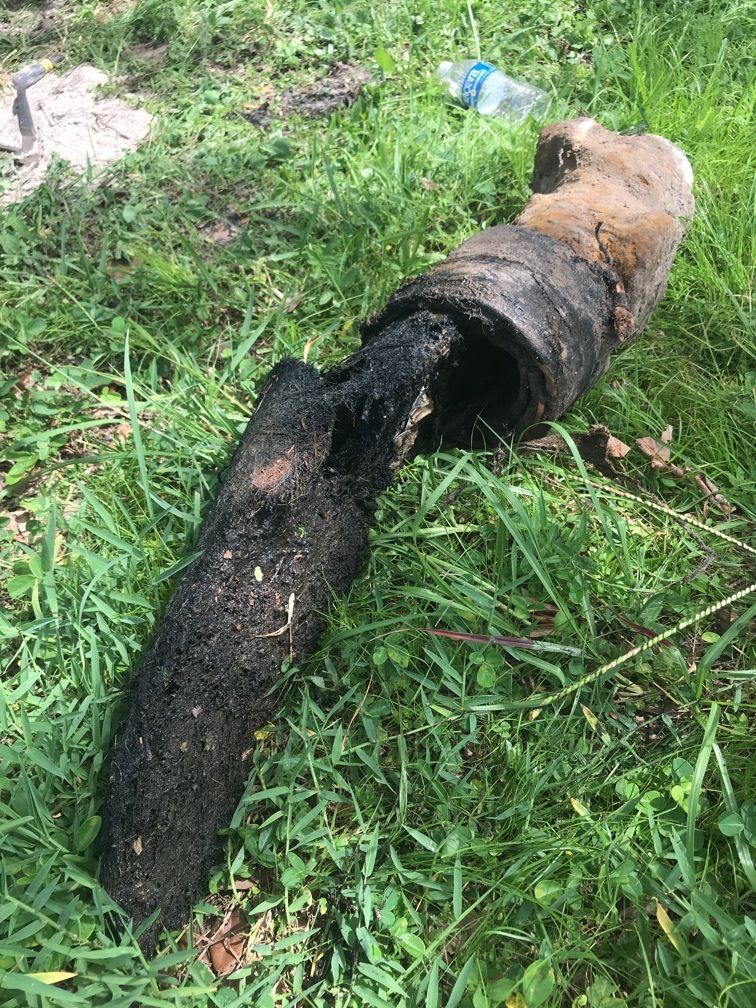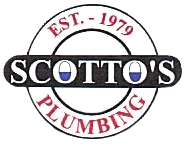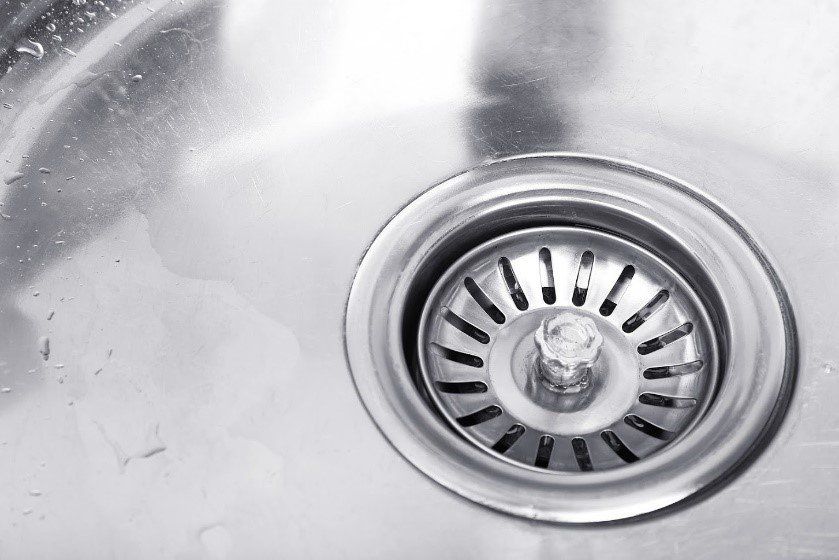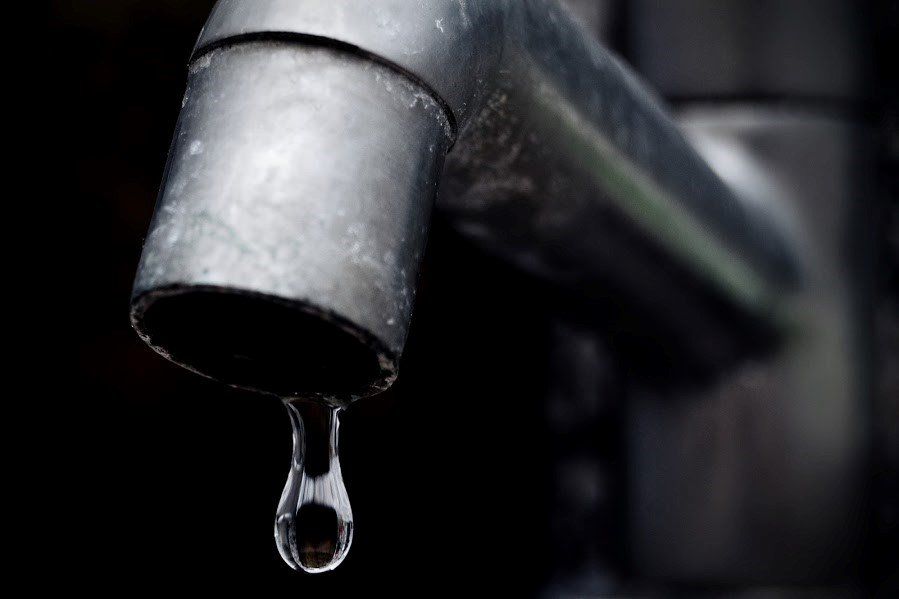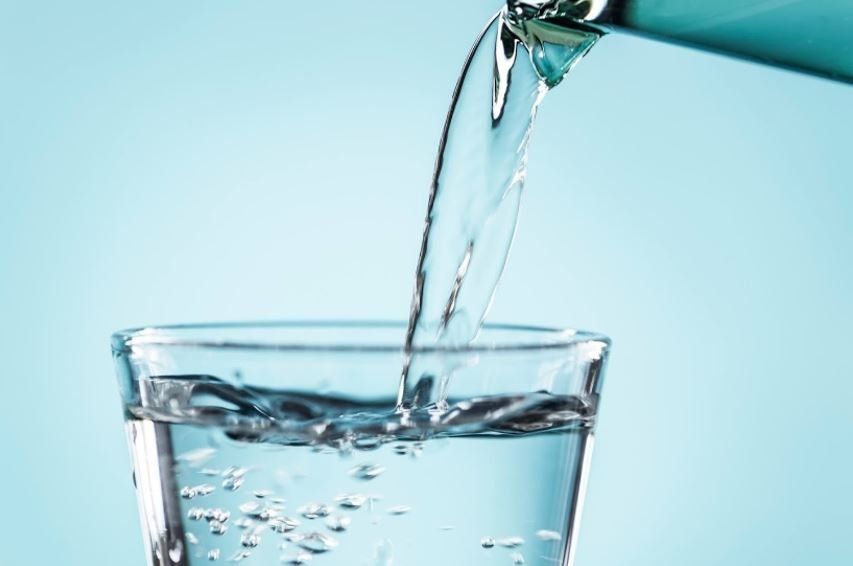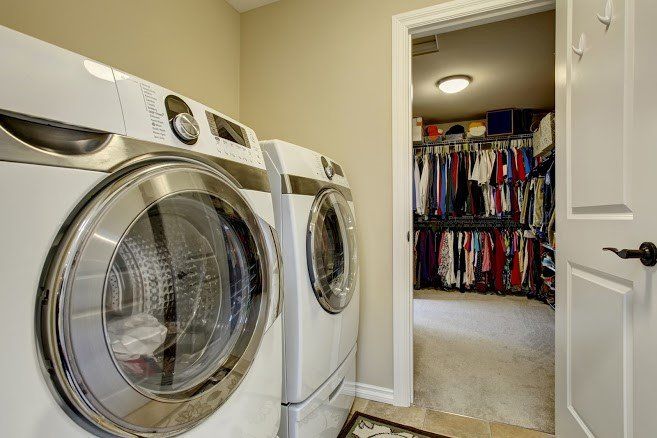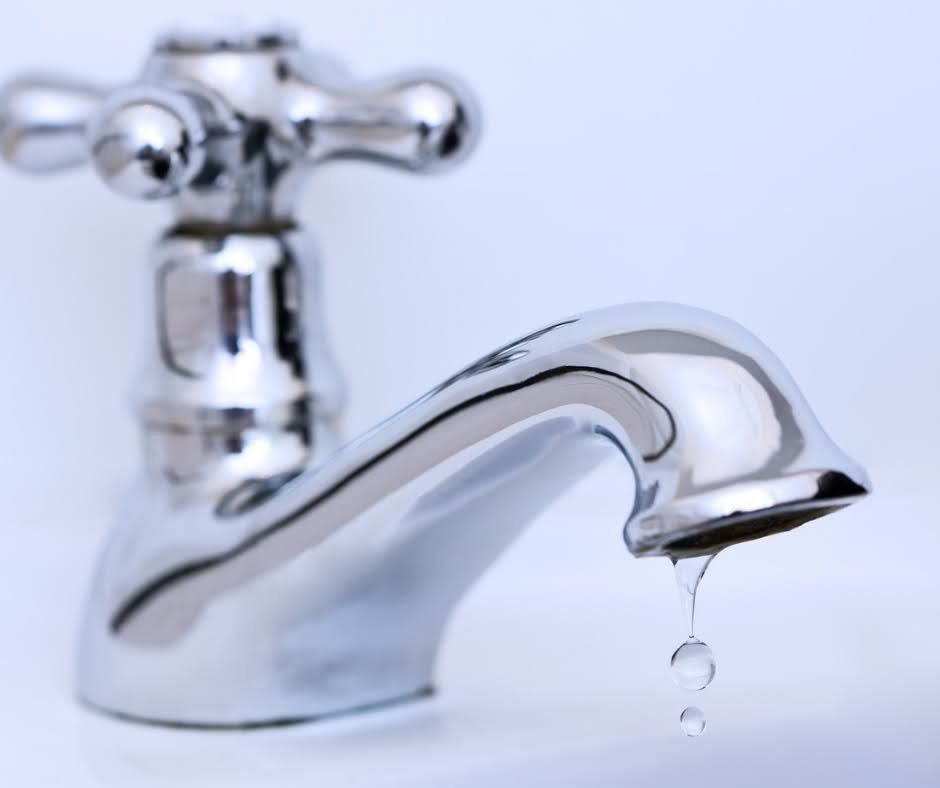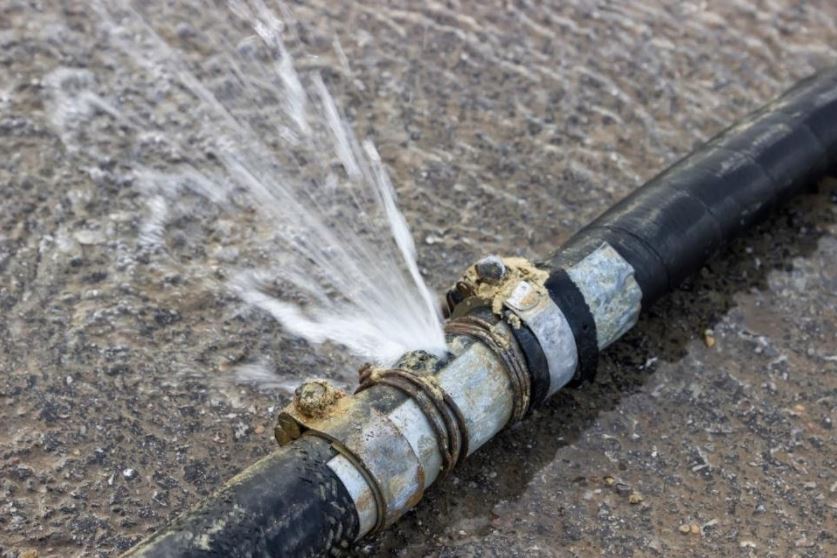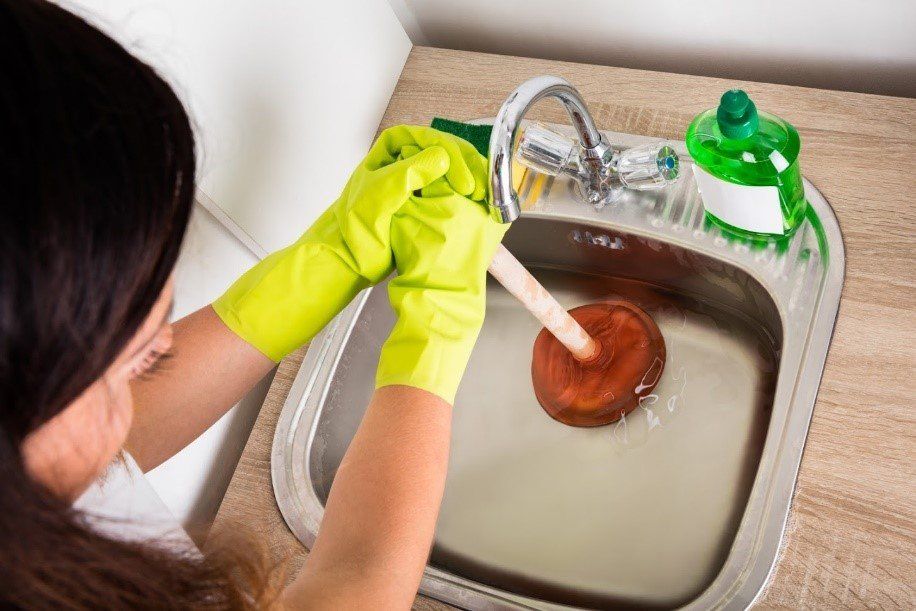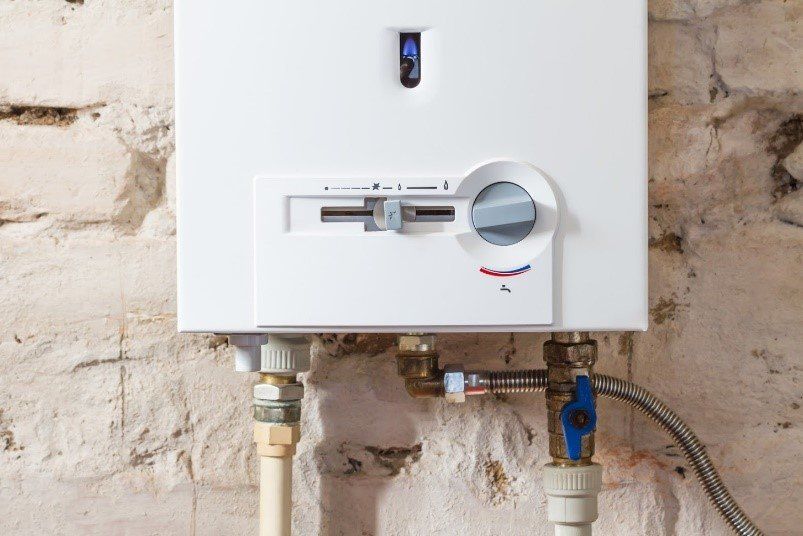4 Home Water Softener Options and Their Unique Advantages
If you live in Florida and your home doesn’t have a water softening system, then your home likely has hard water. Florida land contains large amounts of limestone , which contains calcium and magnesium. As rainwater passes through this limestone after it falls and into the groundwater, the water picks up calcium and magnesium molecules and becomes hard.
While hard water is not a health hazard, it can cause lime scale buildup inside of your home's pipes and water fixtures; exacerbate skin conditions, such as eczema; create spots on your clean dishes; cause clothing to come out of the washing machine stiff; and cause soap scum to accumulate in your bathtub.
Thankfully, many devices on the market today can soften your home's water. Read on to learn about the four main devices that soften water today and the unique advantages of each one.
1. Ion Exchange Water Softener
The ion exchange water softener is the most popular type of water softener, and it has been on the market for many years. It is named after the process it uses to soften water. It exchanges the hard ions in water, calcium and magnesium, with a softer ion, which is typically sodium.
An ion exchange water softener tank contains a substance called an exchange medium covered in sodium ions. As hard water passes through the exchange medium, many of the calcium and magnesium molecules in the water are replaced with the sodium molecules.
The main disadvantage of this type of water softener is that it can increase the amount of sodium in your home's drinking water slightly. However, this slight increase in sodium is not a concern for most healthy adults and children, and some ion exchange systems add potassium to water instead of sodium.
2. Salt-Free Water Conditioners
Another option when you want softer water is a salt-free water conditioner. These devices do not offer all of the benefits of a water softener that actually removes calcium and magnesium from water, but they do help stop the accumulation of lime scale inside of your home's plumbing.
As water flows through the filtering medium in a salt-free water conditioner, the structure of the water molecules alters, often by adding another substance to the water. This substance varies by water conditioner make and model but is always a substance safe to drink and bathe in. The change in water molecule chemical structure makes the hard ions in it less likely to stick to the inside of your plumbing fixtures, preventing lime scale.
3. Reverse Osmosis Water Filtration System
Another option if you want softer water is a reverse osmosis water filtration system. This is a great option if you not only want to truly soften your home's water but also remove other contaminants from it to improve its quality even further.
A reverse osmosis water filtration system forces your home's water through a porous membrane, or filter, that removes calcium and magnesium ions to soften it. As the water goes through the membrane, it also removes other contaminants, such as chlorine, arsenic, and other dissolved minerals.
These systems are ideal for families who want water that is soft, healthy, and free from contaminants.
4. Magnetic Water Softener
Another water-softening device on the market today is the magnetic water softener. To soften your water, these devices pass your home's water through special electromagnetic coils that change the structure of hard ions, including calcium and magnesium, to soften your water.
However, like sodium-free water softeners, magnetic water softeners are more water conditioners than softeners, since they leave excess calcium and magnesium in your water. They are mainly to prevent lime scale buildup only.
If you are tired of living in a home with hard water that contributes to lime scale buildup inside your pipes, dry skin, and water spots on dishes, then consider having one of our plumbing professionals install a water softening system today. Contact Scotto's Plumbing to further discuss your water softener options and learn which is right for your home.
